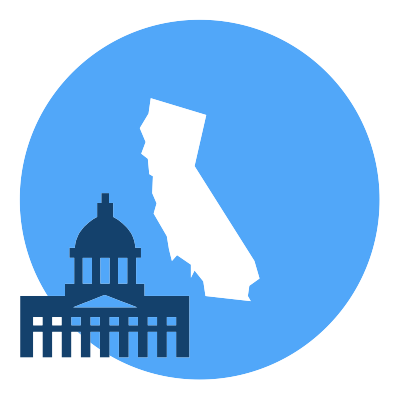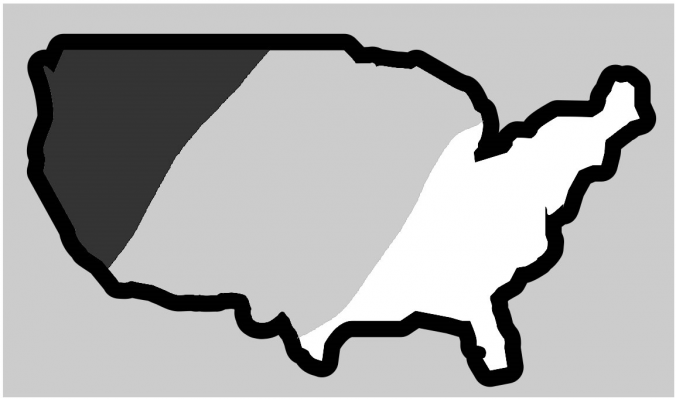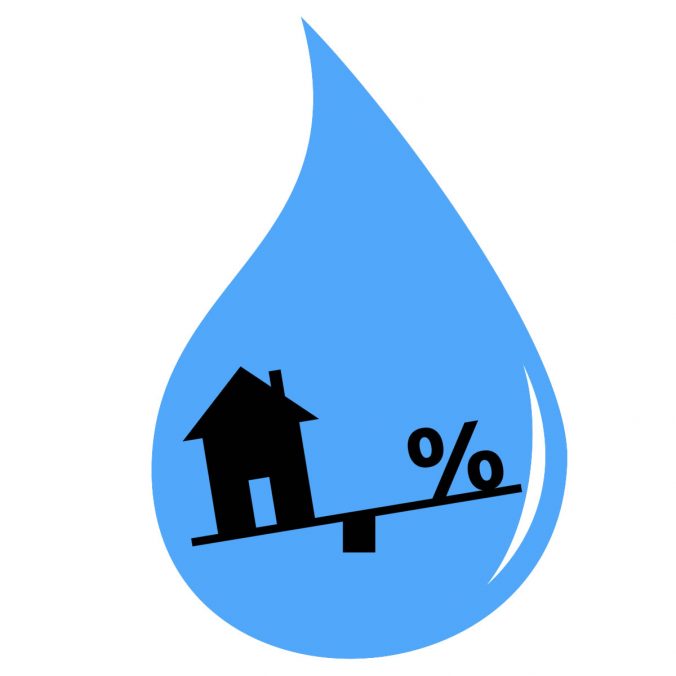At the Environmental Finance Center, we think a lot about the affordability of environmental services such as drinking water and wastewater. Historically, many systems have measured affordability by looking at the cost of service compared to a community’s median household income (MHI), though this measure is limited. A better way to measure affordability is to look at the cost of service over a range of income buckets.
All of these measures, however, are looking at affordability through the lens of annual income. That can be a good measure if households only have regular expenses. But what happens if a household has an unexpected expense? Would that household be able to cover its regular costs if it had an emergency expense? Continue reading







